Steam dominated the rails for a century, but the promise of improved efficiencies through the use of internal combustion engines encouraged builders to experiment with the technology. Early designs often involved gasoline or kerosene-powered engines, but diesel ultimately became the favored fuel. Most locomotives use the diesel engine or “prime-mover” to drive an electrical generator which then powers electric traction motors that turn the axles. This configuration is called a diesel-electric locomotive and it is the most common type in the United States; however, numerous other designs exist as well. Diesel locomotives were widely adopted after World War II and can be seen at the front of most trains in the United States today.
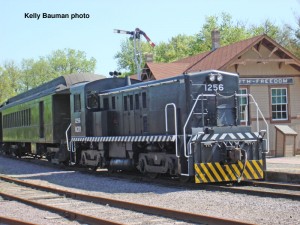
Type: Diesel-Electric Locomotive
Builder: Baldwin-Lima-Hamilton
Model: RS-4-TC-A1
Build Date: 1954
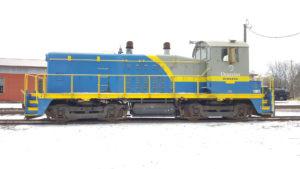
Type: Diesel-Electric Locomotive
Builder: Electro-Motive Division (EMD)
Model: NW2
Build Date: 1949
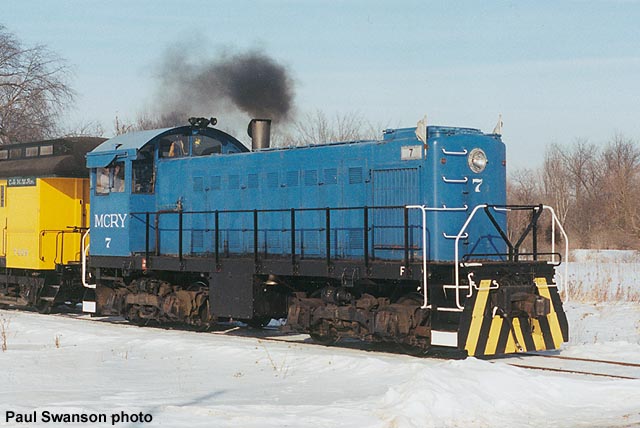
Type: Diesel-Electric Locomotive
Builder: American Locomotive Co. (ALCO)
Model: S-1
Build Date: 1944
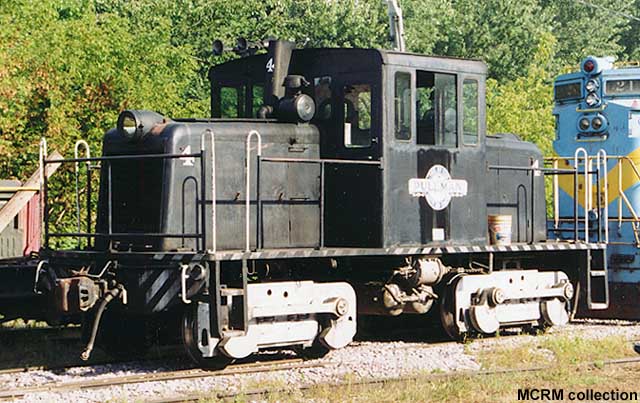
Type: Diesel-Electric Locomotive
Builder: General Electric
Model: 45-ton
Build Date: 1943
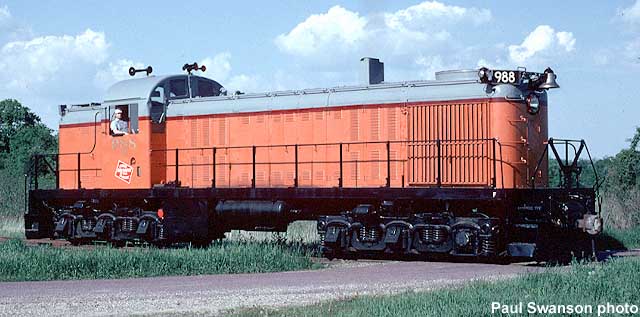
Type: Diesel-Electric Locomotive
Builder: American Locomotive Co. (ALCO)
Model: RSC-2
Build Date: 1947
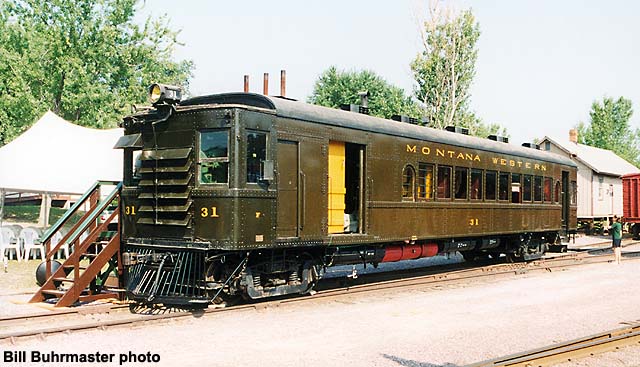
Great Northern #2313 (Montana Western #31)
Type: Gasoline-Electric Motor Car
Builder: Electro-Motive Corporation (EMC)
Build Date: 1925
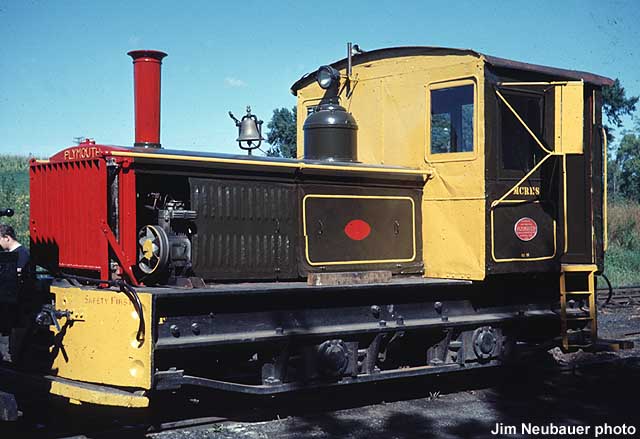
Type: Gasoline Mechanical with Mechanical Clutch
Builder: Plymouth Locomotive Works
Model: HL-18
Build Date: 1928
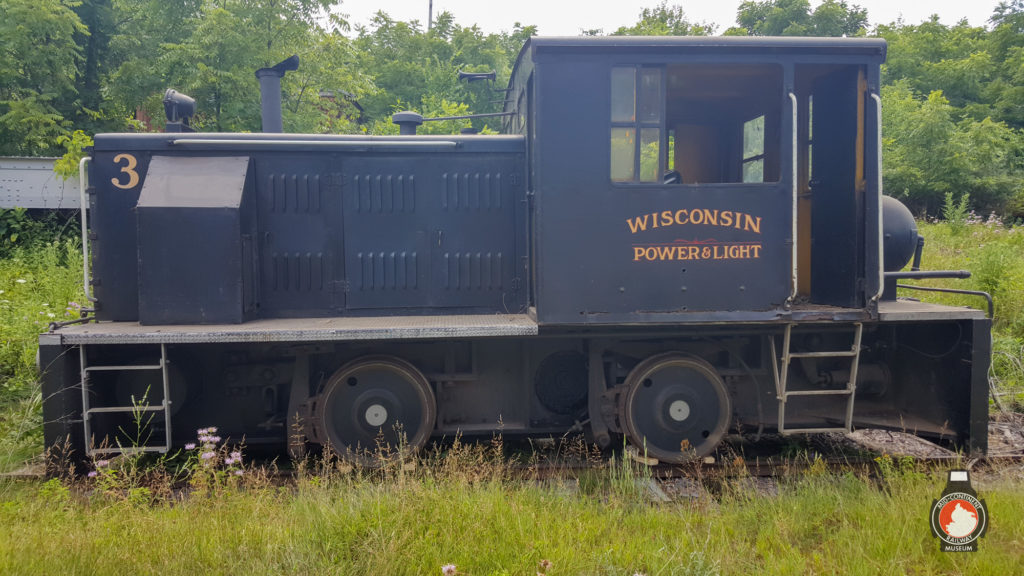
Type: Diesel-Mechanical with Hydraulic Clutch
Builder: Plymouth Locomotive Works
Model: M.D.T. type 2
Build Date: 1952
